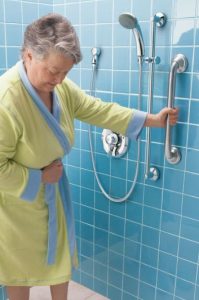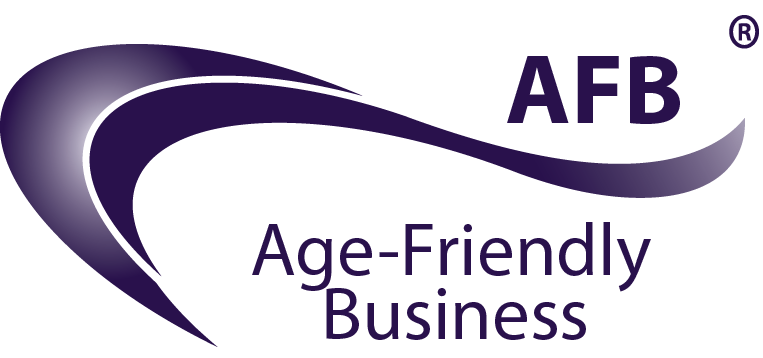
“I’m still falling for you,” she joked, shortly after stumbling and tumbling to the ground while leaning over to kiss her husband of 60 years.
We can appreciate her quick sense of humour – however, the serious reality is that falls are a major cause of injury and death for seniors.
According to the Center of Disease Control and Prevention, one out of 5 falls results in broken bones or head injury. More than 95% of hip fractures are caused by falling, and falls are the most common cause of traumatic brain injury.
The various risk factors can be categorized into socioeconomic, behavioral, biological and environmental risk factors. They are complicated and often inter-related. For instance, some medication interactions may make an individual more vulnerable to environmental risk factors that could be present. This article will focus on only one of the risk categories, the more common environmental risk factors that can be readily identified and addressed.
Below are some tips to make your interior and exterior areas just that much safer.
Home Environment
Clear all passage ways!
Reduce clutter and make sure walk ways are clear and well lit.
Decorative plant stands or tables should be moved away from all traffic areas.
Remove mats that cannot be firmly secured to the floor.
For those mats that are secured to the floor, check regularly to ensure that edges and corners are not lifting or curling. Check carpets for wear, ripples, or worn threads.
Make sure all electrical cords are tucked away from any traffic or common passage areas.
Hand rails and grab bars.
Stairs should have hand rails on both sides for the stairs.
DO NOT rely on towel racks! Permanent grab bars in the bathroom to assist in getting into and out of a tub or shower should be installed by a professional, in the correct locations and configurations, and comply with relevant building and safety codes.
Temporary clamp on bars are not recommended for tubs with shower door railings or tapered inner walls.
Explore toilet rails to assist in getting up and down from the toilet.
Lighting
Ensure adequate lighting in stair wells, and especially the area between the bed and bathroom.
Night lights and movement sensitive lights are recommended for hall ways, stairs, and the passage between the bedroom and the bathroom areas.
Clean up wet areas right away from spills, rain, or melted now.
Check your clothing.
Avoid wearing socks alone or loose slippers. Choose footwear with slip-resistant soles.
Make sure your pant legs or dressing gowns are not too long to pose a tripping hazard.
Outside Environment
- Mark the leading edge of steps so that the risers are easy to see.
- Make sure outside steps have hand rails.
- Keep steps and walk-ways well lit.
- Clear all passage ways, and ensure all home repair and garden tools are out of the way.
- Keep passage ways clean and swept to avoid slipping on debris, mud, or mosses that are slippery when wet. Keep the passage ways in good order, and repair broken, uneven or raised tiles, roots or wooden planks.
It has often been said that good fall prevention strategies could offer the most significant benefit to our health, longevity, and demand on our health care systems. A little prevention can produce a pound of cure!
Rhonda Latreille, MBA, CPCA
Founder & CEO
Age-Friendly Business
Bone Health
Calcium is a crucial building block of bone tissue, and vitamin D is required to absorb and process the calcium. The Institute of Medicine recommends 1,000 mg of calcium per day and 1,200 mg for women after menopause. Good sources of calcium include milk and other dairy products, calcium fortified orange juice, leafy green vegetables, and yes — even broccoli!
Heroism
“A hero is someone who has given his or her life to something bigger than oneself.”
Joseph Campbell


0 Comments